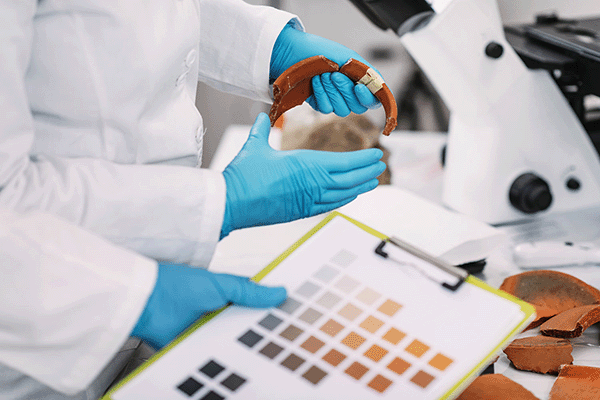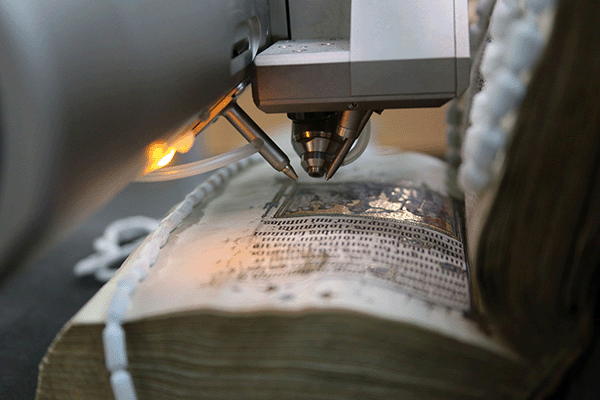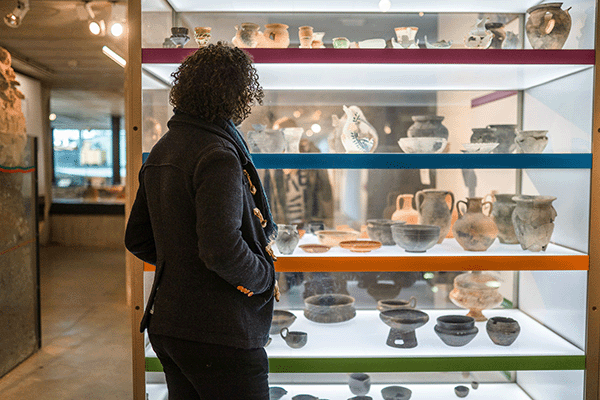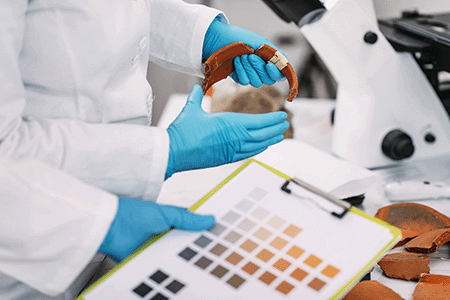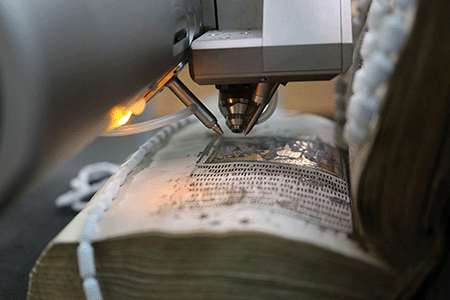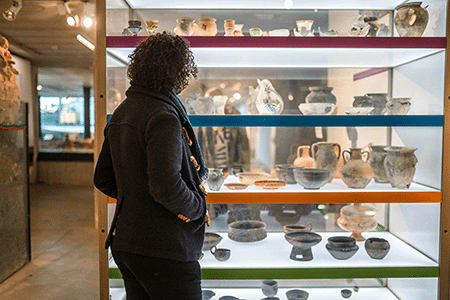Organisation: British Museum
Principal investigator: Daniel O’Flynn
Project overview
X-ray imaging has been fundamental in heritage science for over a century, enabling researchers to non-invasively examine heritage collections and study the manufacturing process and conditions of various objects. Computed tomography (CT) is an increasingly used method in heritage science that provides detailed 3D x-ray images of hidden structures with objects.
Despite its advantages, there are several barriers that hinder the use of CT in heritage science. These include high equipment costs, limited access to equipment and the need for specialised expertise to interpret the images. Additionally, there are challenges related to scanning diverse material types, varying object sizes and the availability of appropriate imaging instruments, particularly for larger objects.
Project purpose
The project aims to establish the Multiscale Heritage X-ray Imaging Centre, enhancing capabilities in heritage science through the addition of an x-radiography suite and a new micro-CT laboratory. This facility will act as a central hub for imaging a wide range of material assemblages, significantly reducing access barriers for museums, galleries and universities seeking x-ray imaging capabilities.
By integrating a high-resolution micro-CT scanner, the new facility will enable detailed examinations of smaller and less dense archaeological materials, thereby advancing research on ancient health, craftsmanship techniques and material compositions. This initiative aims to overcome current barriers to CT use in heritage science and will foster interdisciplinary collaboration across archaeology, biology and conservation.
Project impacts
This project will establish the Multiscale Heritage X-ray Imaging Centre and will significantly enhance heritage science by providing unprecedented access to advanced imaging technologies. This facility will foster collaborations with external researchers, offering new insights into cultural heritage preservation and interpretation.
By consolidating diverse material assemblages in one facility, the facility will streamline research processes and enhance scientific understanding across the heritage community.


